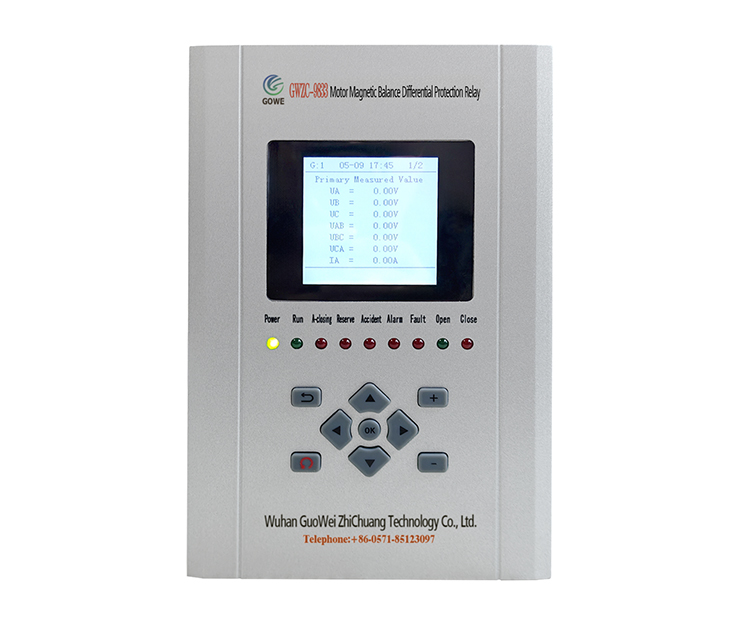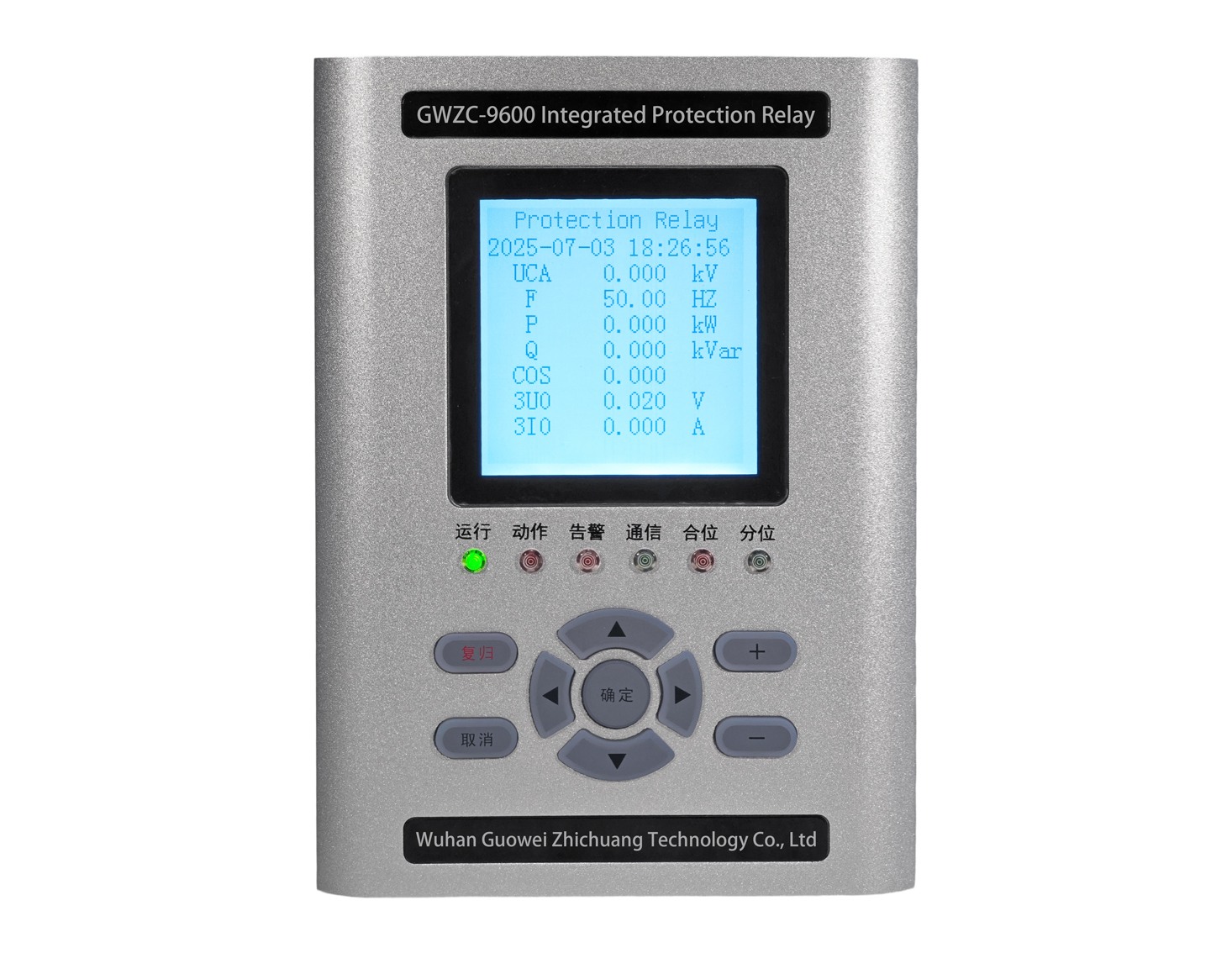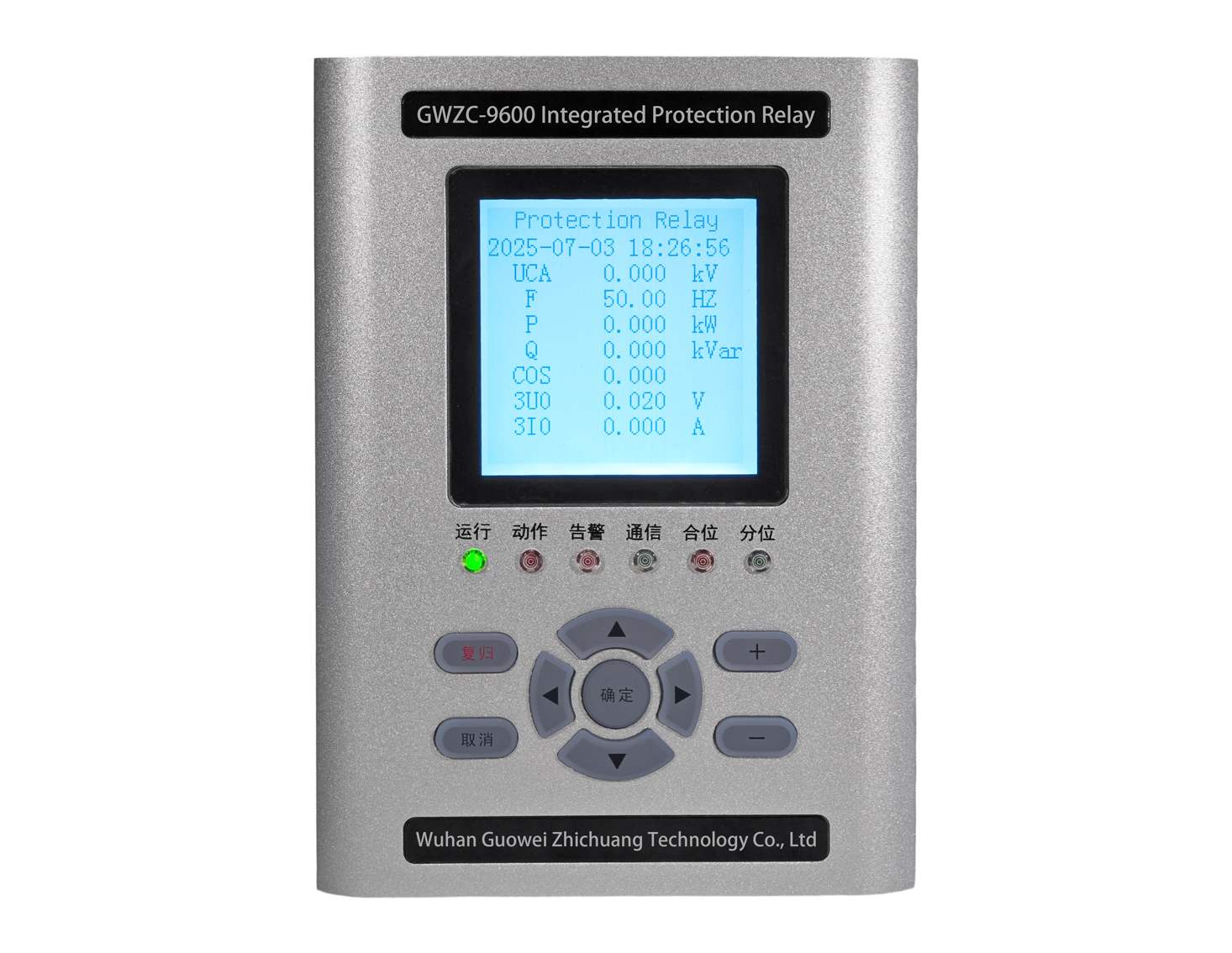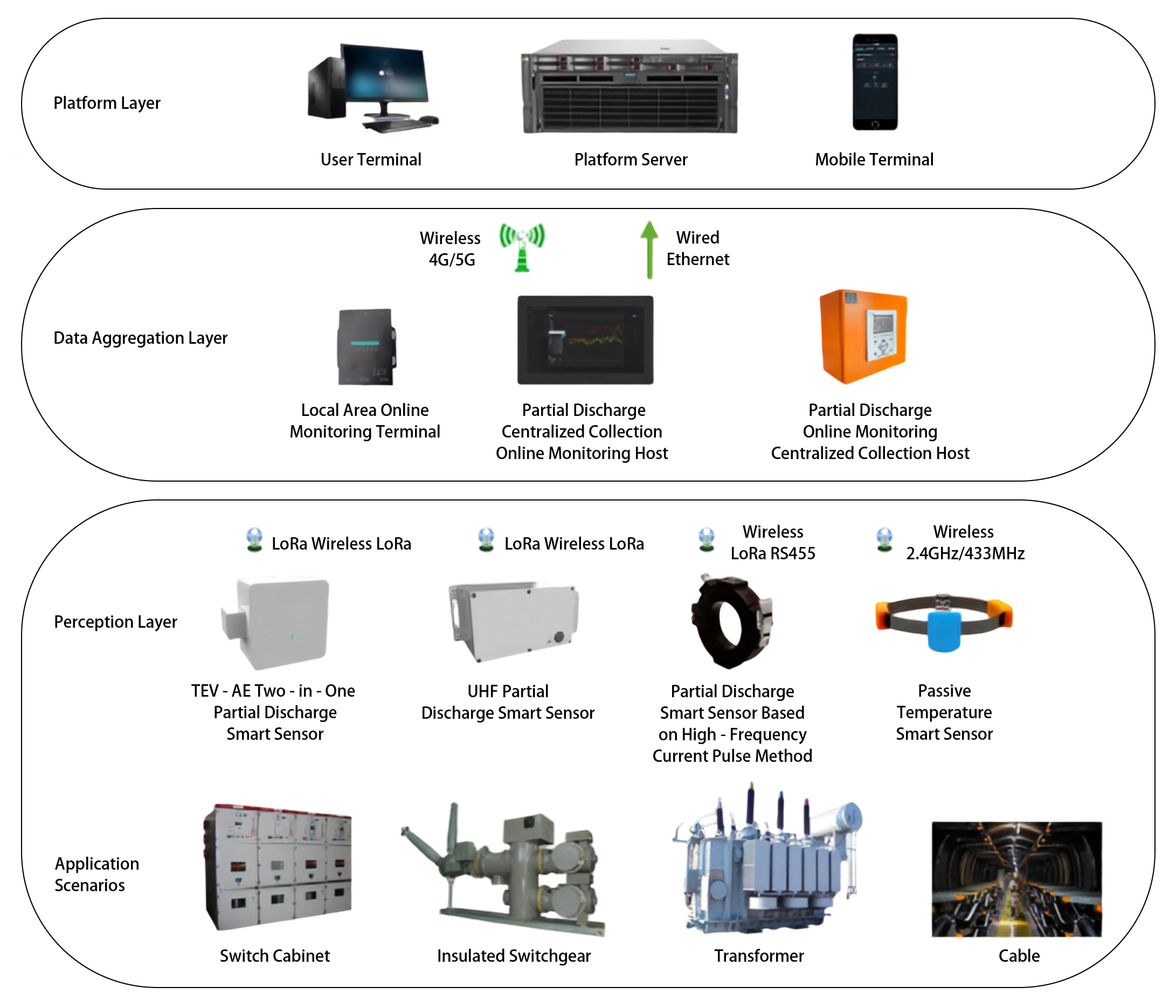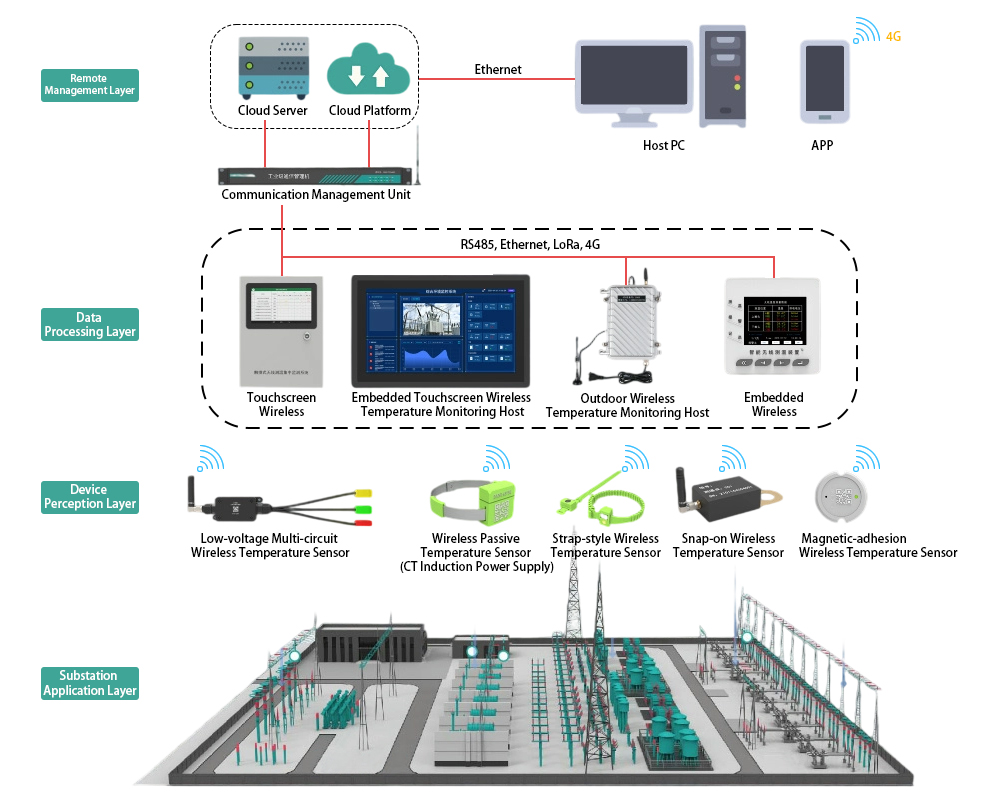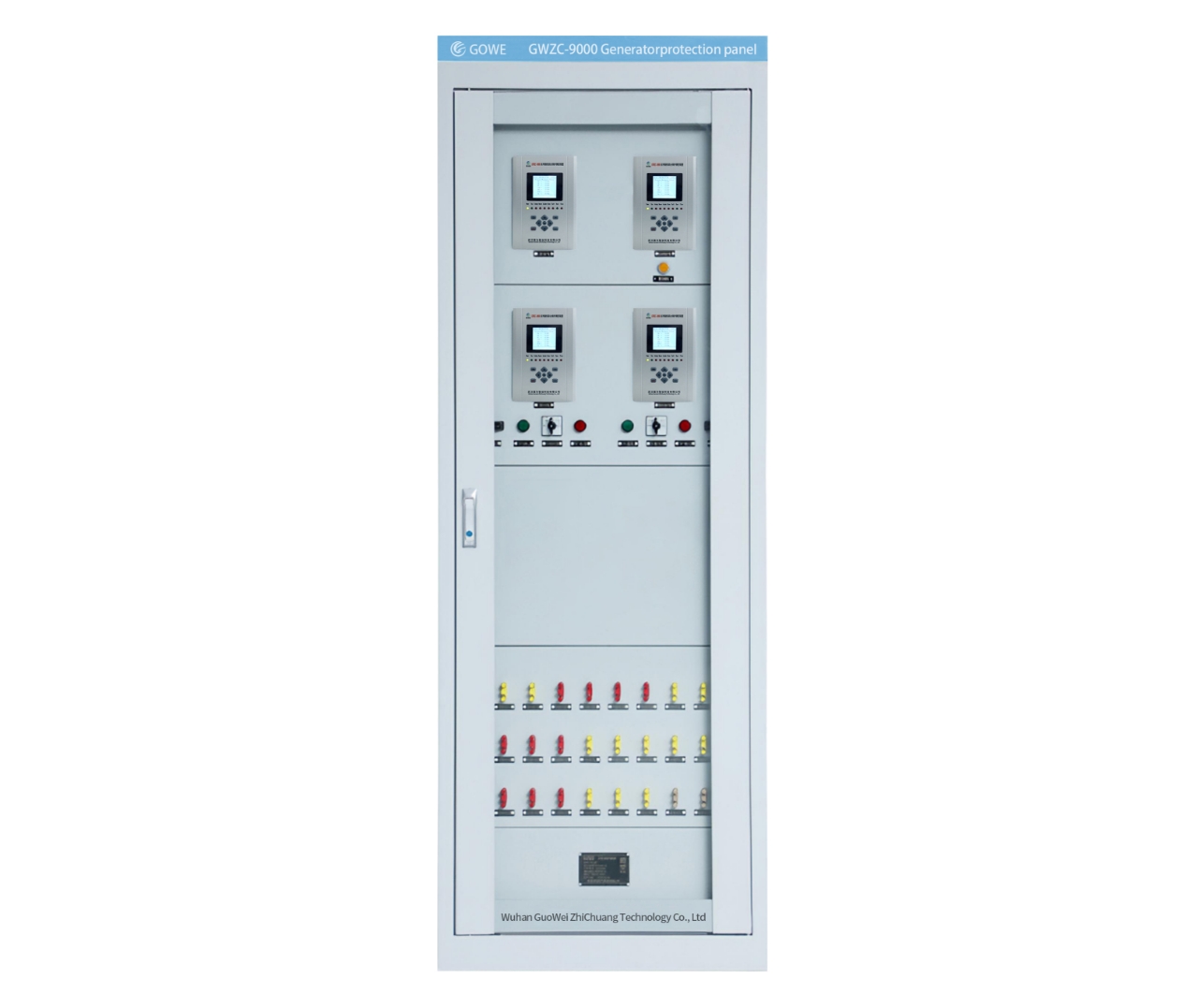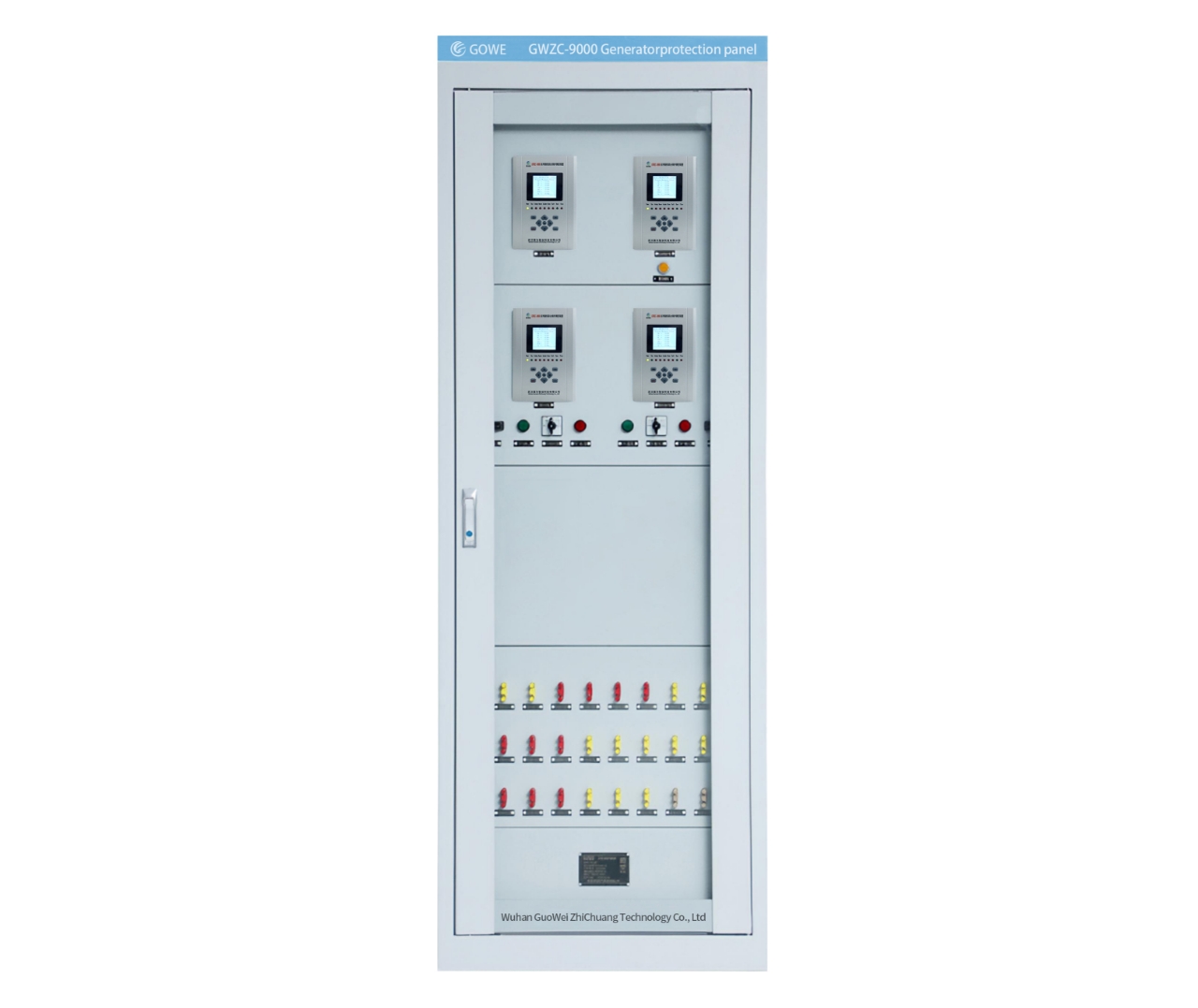
Introduction to Magnetic Balance Differential Protection Relay
The motor magnetic balance differential protection relay is an internal fault protection device used for medium- and high-voltage motors, detecting winding faults by comparing the current difference between the motor’s input and neutral terminals.
Working Principle of Magnetic Balance Differential Protection
Basic Principle: Uses CTs (current transformers) installed at both ends of the motor to measure current and compare vector sums.
Normal operation: I 1 +I 2 ≈0 (magnetic flux balance)
Internal fault: I 1 +I 2 =I d (differential current)
Protection Algorithm:
Differential current: I d =∣I 1 +I 2 ∣
Restraint current: I r =(∣I 1 ∣+∣I 2 ∣)/2
Operation criterion: I d >I set and I d >k×I r (where k is the restraint coefficient, typically 0.3–0.5)
Application Scope of Magnetic Balance Differential Protection
Voltage level: 3 kV and above (medium/high-voltage motors)
Power range: Typically motors above 200 kW
Applications: Critical process motors in petrochemical, metallurgical, and power industries
Key Functions of Magnetic Balance Differential Protection Relay
High Sensitivity: Detects 5–10% inter-turn short circuits
Fast Operation: Typical response time of 20–50 ms
CT Saturation Resistance: Uses ratio restraint characteristics to prevent false trips
Optional Features:
Second harmonic restraint (prevents inrush current misoperation)
CT open-circuit detection
Differential current alarm
Practical Recommendations for Magnetic Balance Differential Protection
Relay Selection:
Choose dedicated motor differential protection relays (e.g., SEL-710, 7UT612)
CT matching: Use identical ratios with ≤5% error
Setting Calculation:
Starting current: I set =(0.2–0.5)I n (rated current)
Restraint coefficient: k=0.3–0.5
Sensitivity check: K sen ≥2
Field Testing:
Perform six-vector diagram tests to verify CT polarity
Load testing to ensure differential current <5% of rated value
Simulate internal/external faults to verify operation logic
